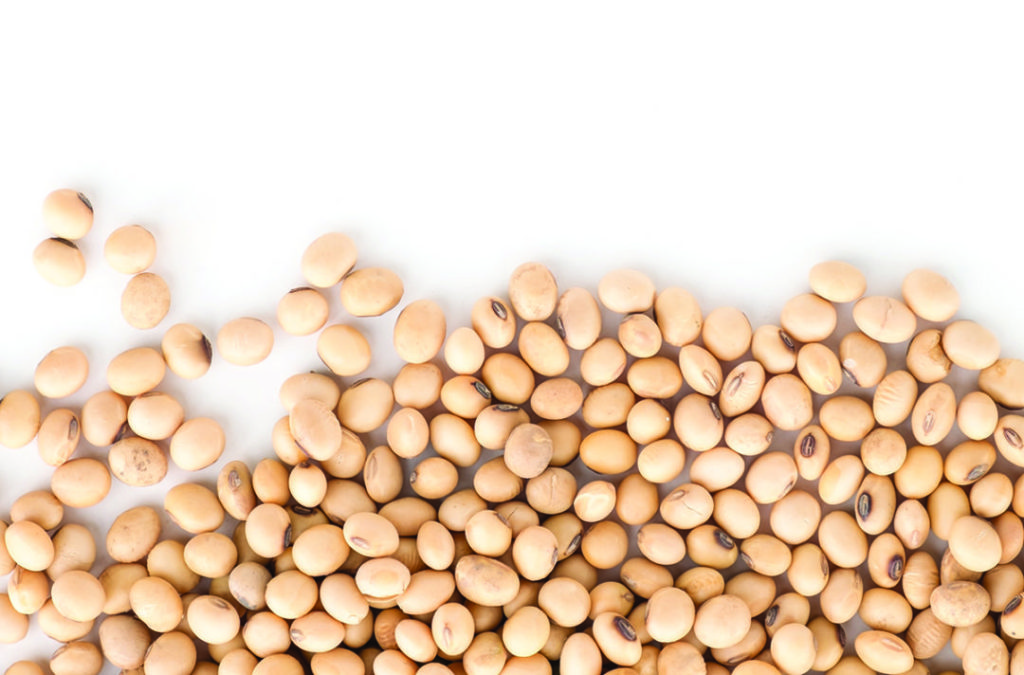New research from the United Soybean Board reveals that 65% of Americans eat both animal and plant-based foods, and 61% are incorporating more plant-based meals.
“Even with COVID-19, people are looking toward plant-based in a different way. A whole new era of cooking has emerged,” explains Pam Smith, RDN, a nutritionist who works with the United Soybean Board, as well as a culinary consultant, best-selling author, and radio host. “There is also a desire – because people aren’t traveling – to satisfy a craving for new cultural cuisines: Mediterranean, Latin, Greek, Asian. It’s a natural landing to start working on techniques for plant-based meals.”
There is a new focus on plant-based options, and soybeans – a complete protein – offer enormous potential as an ingredient in a wide selection of fresh bakery products.
“What we need to do is help draw attention to plant-based that is a complete protein,” Smith says, “and help people understand the source of what they are getting. Soy is a flavor carrier. It helps to balance flavor in a powerful way.”
As the team behind the only widely available complete plant protein comparable in quality to animal protein, the United Soybean Board set out to better understand protein demand by conducting a new consumer survey.
Plant-based patterns and preferences
While the majority of respondents reported consuming both animal- and plant-based proteins, one-third (35%) of all respondents reported eating a mostly plant-based diet. Of these respondents, most were female, and/or between the ages of 16-29. Males, especially those over age 30, are most likely to eat a mostly animal-based protein diet.
Females are more likely to say they consume non-dairy beverages most often, while males say they eat meat alternatives and/or protein bars most often.
The three top motivators for incorporating plant-based foods into the diet were:
- Improving overall health and wellness
- Improving the quality of protein in diet
- Helping to protect environment/sustainability
“We are helping to educate chefs and R&D professionals about finding a plant-based source of protein that gives people nutrition and balance. Coming to understand that it’s not just versatility but what it does in functionality,” Smith says. “Soy is a flavor carrier. It helps to balance flavor in a powerful way.”
Consumers value protein quality, but there may be some confusion:
Research shows 88% say consuming a “complete” plant-based protein is important (40% say it’s very important), which may suggest some consumers aren’t aware soy is a complete protein.
Consumers rate bean/legume-based sources as highest quality (56%), followed by chickpea (50%). Soy (47%) and pea (45%) protein fall in the middle, followed by wheat (gluten, 38%).
Smith creates menus and recipes with a focus on delicious wellness for some of America’s best restaurants. She worked for acclaimed operators as co-creator of Darden Restaurants’ Seasons 52 and Bahama Breeze concepts, as well as personal nutritionist for Shaquille O’Neal when he played professional basketball for the Orlando Magic. She co-chairs The Culinary Institute of America’s Healthy Menus R&D Collaborative.
Her focus has long been how to bring together the deliciousness of health food by advocating for foods that are great tasting and great for you.
“People are moving back to comfort foods,” she says. “They have a more laser focus on positive attributes and benefits of foods. It is all about flavor – what’s great for you and what’s great for the planet.”
Article Credit: bakemag

It’s really appreciating research for all in this pandemic. Thank you and good luck with the upcoming articles.